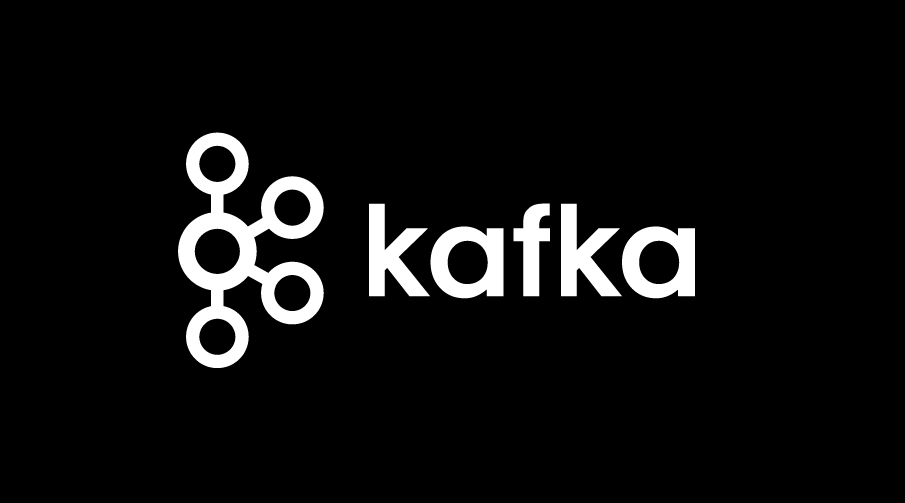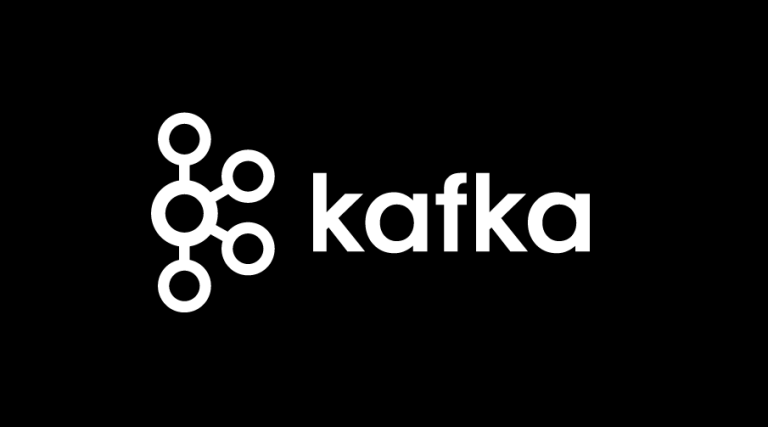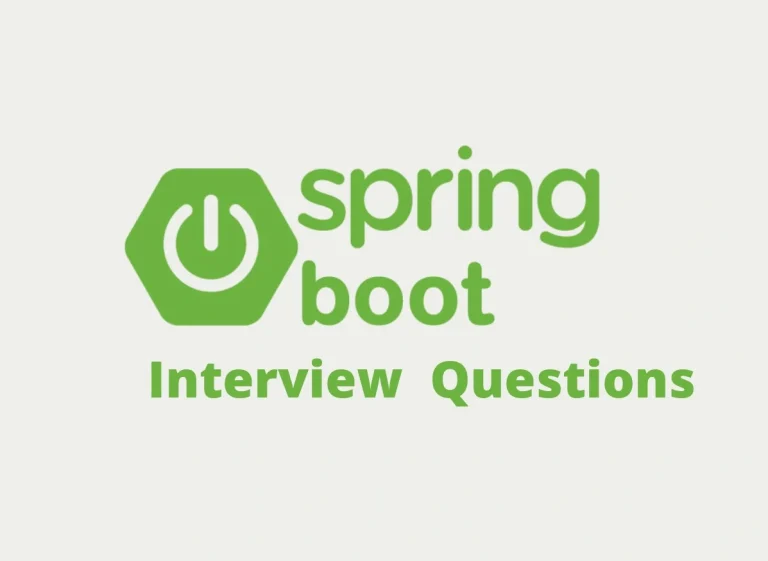Kafka vs Pulsar vs Kinesis : Choosing the right platform
Choosing the right messaging platform is a critical decision for ensuring scalable, reliable, and high-performance data processing in your applications. Apache Kafka, Apache Pulsar, and Amazon Kinesis dominate the landscape of distributed messaging systems, each offering its own unique architecture, performance characteristics, and features.
This guide dives deep into a comparison of Kafka, Pulsar, and Kinesis based on their architecture, performance, feature set, cost, and hosting models. Additionally, we’ll provide hands-on insights into a Spring Boot implementation using these technologies.
Whether you’re building a real-time analytics pipeline, event-driven microservices, or IoT solutions, this blog will help you determine the best fit for your use case. Let’s begin!
Table of Contents
- Architecture Comparison
- Performance and Feature Matrix
- Cost and Hosting Models
- Best Fit Recommendations
- Spring Boot Implementation
- Complete Your Messaging Workflow with Confidence
Architecture Comparison
Apache Kafka
Kafka’s architecture revolves around a distributed log-based messaging system. Its key components include brokers, producers, and consumers. Kafka organizes messages into topics, which are further divided into partitions. Each partition can be replicated for fault tolerance.
- Key Features:
- Distributed and scalable.
- Data persistence with logs stored on disk.
- High throughput with write-ahead logging.
- Follows the pull-based consumption model.
- Example Use Cases:
- Event-driven architectures for microservices.
- Processing high-velocity data streams for real-time analytics.
How It Works:
Kafka producers push messages to topics. The Kafka consumer then polls (pulls) data off these topics partition-wise.
Apache Pulsar
Pulsar also uses topics and partitions but introduces multi-tenancy and seamless scaling with a layered architecture. It separates the serving and storage layers, handled by brokers and bookies (Apache BookKeeper instances) respectively.
- Key Features:
- Multi-tenancy support to isolate workloads.
- Georeplication for global scalability.
- Proper message acknowledgment models.
- Example Use Cases:
- Multi-region, globally relevant applications.
- Systems where high availability and scalability are crucial.
How It Works:
Producers send messages to brokers, which delegate storage to BookKeeper nodes. This decoupling improves scalability and durability.
Amazon Kinesis
Kinesis is AWS’s fully managed service designed for processing streaming data at scale. It simplifies infrastructure management with its serverless model. It comes with concepts like shards (equivalent to Kafka partitions) to parallelize data ingestion.
- Key Features:
- Fully managed with no need to handle cluster infrastructure.
- Native integration with AWS ecosystem.
- Supports real-time data processing and analytics capabilities.
- Example Use Cases:
- Building real-time dashboards.
- Processing IoT sensor data streams.
How It Works:
Data ingested into Kinesis data streams can be processed in real time using services like Kinesis Data Analytics (SQL queries) or AWS Lambda.
Performance and Feature Matrix
| Aspect | Kafka | Pulsar | Kinesis |
|---|---|---|---|
| Throughput | High | Comparable to Kafka | Moderate (limited by shards) |
| Latency | Low | Lower than Kafka for multi-region | Slightly higher |
| Scalability | Manual partitioning | Seamless, broker-driven scaling | Limited by shard limits |
| Message Retention | Configurable | Tiered, infinite with offload | Limited (default 7 days) |
| Durability | Strong (replication) | Enhanced (BookKeeper) | Managed by AWS |
| Ease of Management | Requires devops | Slightly complex | Fully Managed |
| Integrations | Open-source tooling | Integrates with Kafka API | AWS-native integrations |
Key Observations
- Kafka excels in environments where deterministic partitioning and log retention are needed for high-velocity data pipelines.
- Pulsar offers more flexibility if you’re dealing with multi-region deployments or need simpler scaling.
- Kinesis simplifies operations but may fall short in highly demanding, customizable environments due to shard limitations.
Cost and Hosting Models
Kafka
Kafka is open-source and highly customizable, but managing it requires significant DevOps expertise. Hosted solutions like Confluent Cloud simplify operations but add costs.
- Pros:
- Cost-effective for large-scale deployments.
- Community-driven with no vendor lock-in.
- Cons:
- High operational overhead.
Pulsar
Like Kafka, Pulsar is open-source and free to use. Hosting Pulsar adds complexity due to its BookKeeper-backed storage architecture. SaaS offerings like StreamNative Cloud eliminate operational burdens.
- Pros:
- No vendor lock-in.
- Lower infrastructure costs compared to Kafka.
- Cons:
- Learning curve for operating BookKeeper.
Kinesis
Kinesis follows a pay-as-you-go pricing model based on the number of shards and data retrievals. It’s ideal for organizations already integrated into the AWS ecosystem.
- Pros:
- No infrastructure management.
- Predictable costs for small to medium workloads.
- Cons:
- Costs can scale quickly for high ingest rates.
Comparison Summary
- Low Budget, High Customization: Apache Kafka.
- Seamless Scaling and Multi-Region: Apache Pulsar.
- Fully Managed, AWS Native: Amazon Kinesis.
Best Fit Recommendations
Choose Kafka If:
- You need a robust log-based messaging platform for processing large data volumes.
- Your organization has in-house DevOps teams for cluster management.
- Your architecture demands low-latency and on-premise deployment.
Choose Pulsar If:
- You’re deploying a multi-tenant architecture.
- You need georeplication and infinite message retention capabilities.
- Scalability without downtime is a priority.
Choose Kinesis If:
- You rely heavily on the AWS ecosystem for infrastructure.
- Your team wants to avoid managing messaging infrastructure entirely.
- Real-time, serverless data workflows are a key focus.
Spring Boot Implementation
Kafka Configuration
KafkaProducerConfig.java
@Configuration
public class KafkaProducerConfig {
@Value("${kafka.bootstrap-servers}")
private String bootstrapServers;
@Bean
public ProducerFactory<String, String> producerFactory() {
Map<String, Object> configProps = new HashMap<>();
configProps.put(ProducerConfig.BOOTSTRAP_SERVERS_CONFIG, bootstrapServers);
configProps.put(ProducerConfig.KEY_SERIALIZER_CLASS_CONFIG, StringSerializer.class);
configProps.put(ProducerConfig.VALUE_SERIALIZER_CLASS_CONFIG, StringSerializer.class);
return new DefaultKafkaProducerFactory<>(configProps);
}
@Bean
public KafkaTemplate<String, String> kafkaTemplate() {
return new KafkaTemplate<>(producerFactory());
}
}
Pulsar Configuration
PulsarProducerConfig.java
@Configuration
public class PulsarProducerConfig {
@Value("${pulsar.service-url}")
private String serviceUrl;
@Bean
public PulsarClient pulsarClient() throws PulsarClientException {
return PulsarClient.builder()
.serviceUrl(serviceUrl)
.build();
}
@Bean
public Producer<String> producer(PulsarClient pulsarClient) throws PulsarClientException {
return pulsarClient.newProducer(Schema.STRING)
.topic("example-topic")
.create();
}
}
Kinesis Configuration
KinesisProducerConfig.java
@Configuration
public class KinesisProducerConfig {
@Value("${aws.accessKeyId}")
private String accessKey;
@Value("${aws.secretAccessKey}")
private String secretKey;
@Value("${region}")
private String region;
@Bean
public AmazonKinesis amazonKinesis() {
return AmazonKinesisClientBuilder.standard()
.withRegion(region)
.withCredentials(new AWSStaticCredentialsProvider(
new BasicAWSCredentials(accessKey, secretKey)))
.build();
}
}
For each platform, modify the application properties file with the corresponding configuration values.
Complete Your Messaging Workflow with Confidence
Choosing the right messaging platform between Kafka, Pulsar, and Kinesis depends entirely on your use case, budget, and technical ecosystem. Each offers unique strengths that can supercharge your modern data pipelines or distributed systems.
Start building your architecture today by implementing the comparisons and code snippets above. For those leaning towards automated solutions, explore hosted services or cloud-native integrations to simplify the complexities.



